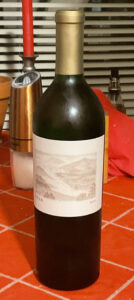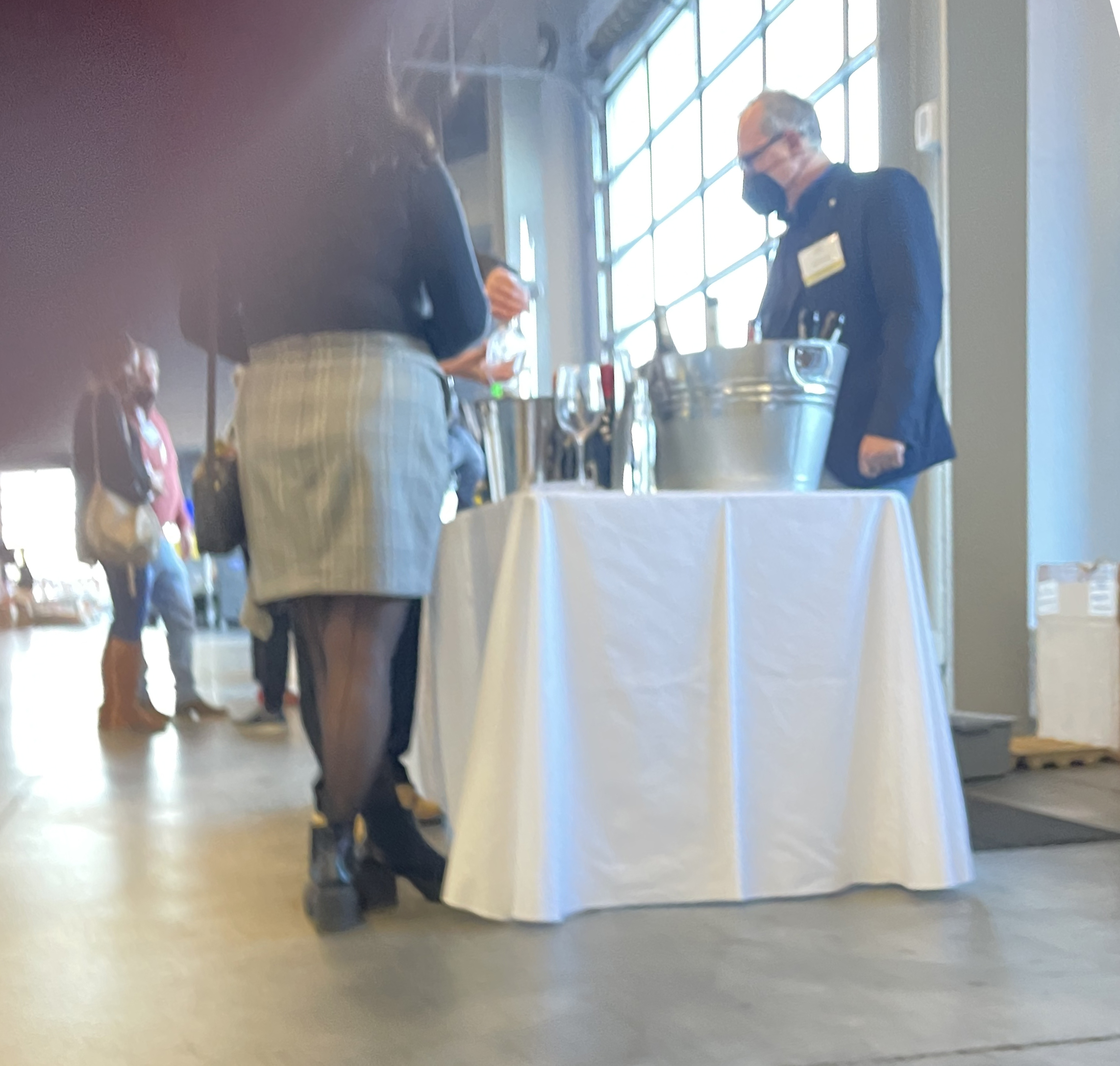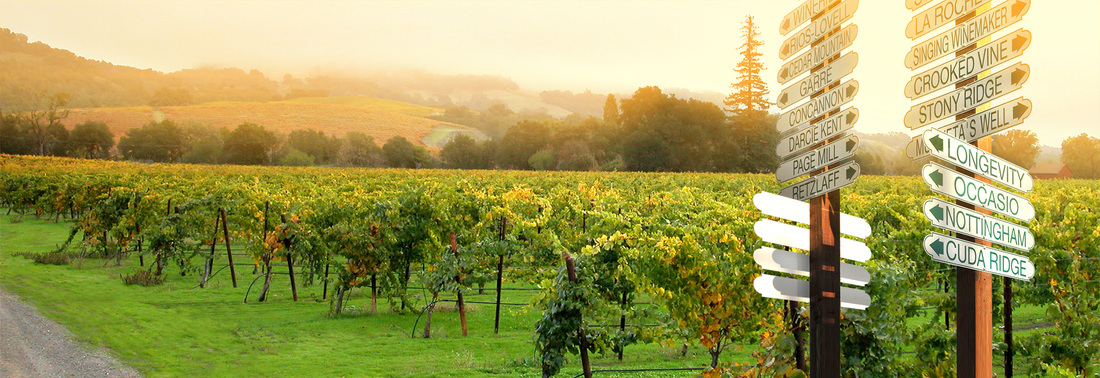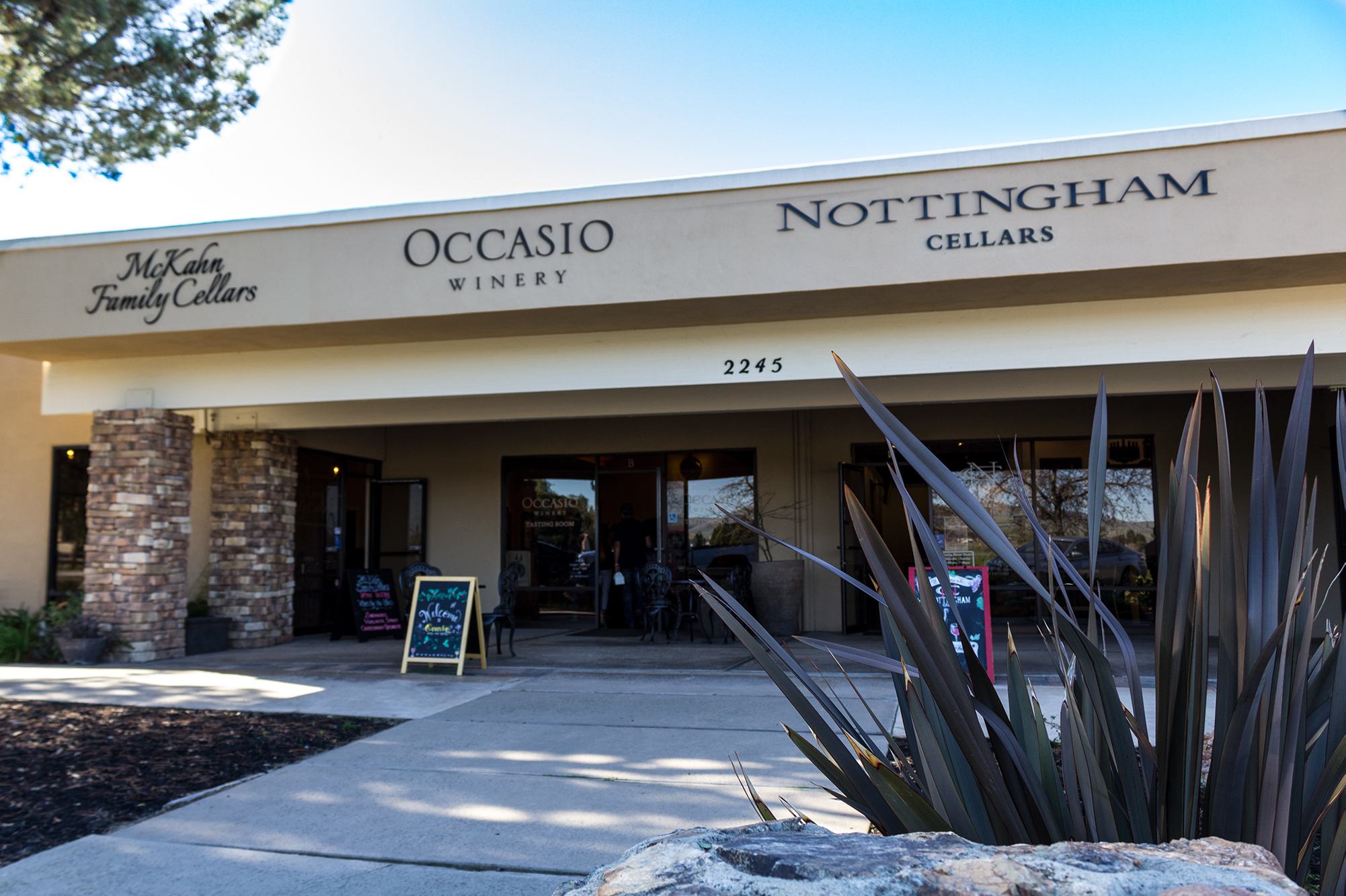Your West Coast Oenophile wonders whether 2023 will prove the make-or-break year for Sostevinobile. The realities of the post-COVID landscape are still slowly sinking in, starting with the new economics of the restaurant & bar realm. I had envisioned being able to offer the majority of our wines in the $12-15 range; is the new norm of $17/glass viable?
On top of that, the latest State of the Industry report from Silicon Valley Bank paints a rather gloomy picture of wine’s prospects among the Millennials. To paraphrase a familiar rhetorical question, “suppose I built a wine bar and nobody came?” Ever since life as we used to know it came to a grinding halt in 2019, I have been focusing my energies on a number of major wine-related and restaurant projects, principally in countries that weathered the pandemic far more smoothly than we did in California, with the goal of raising enough capital to fund the development of Sostevinobile as a private wine club, with ancillary facilities as a public wine bar, café, and retail shop devoted exclusively to the wines of the ecological continuum of the Northern Pacific West Coast (British Columbia, Washington, Oregon, California, and Baja), a projected facility not dissimilar to Wine Spectator’s WS on Manhattan’s West Side. But if such a venture proves merely a bottomless pit, I might as well buy myself a yacht instead.
OK, so maybe I ought not be so pessimistic. Wine has always had its share of disaffecting the young consumers market, only to be embraced as it grows beyond the sheer hedonism that youth inculcates; eight millennia of history have shown as much. So even if my white beard doesn’t resonate with the under-30 crowd, I can certainly assemble a perspicacious team with insights into the mindsets of their generation. And having vetted more than 5,200 labels over the course of my current wine career, I feel I should be able to tailor a plethora of wine programs that resonate with their preferences.
What I cannot hire, however, is an appreciation of flavors that do not align with my palate. I notoriously loathe eggs, especially soft-boiled (and god forbid anyone ever offer me an egg salad sandwich)! And I have a similar aversion to blue cheese, apart from the occasional Gorgonzola. Over the years, my tastes have migrated from a tolerance for keg-spouted lager in college basements to the point that I spent the entirety of 2022 without imbibing a single beer. And in the wine realm, I have long struggled to develop an unbridled appreciation for Sauvignon Blanc.
My introduction to this varietal came at a time when California expressions were, frankly, close to awful. Sure, Robert Mondavi had his pioneering Fumé Blanc, but even this rendition struck me as somewhat lackluster. But it was the grassiness of most Sauv Blancs in the 1980s that colored my palate and precipitated my reluctance toward this varietal. Over the years, vintages smoothed and varied stylistically, rounded out from blending with Sémillon or deftly balanced with Sauvignon Musqué, I gradually gained a more nuanced understanding of this wine. I will even go as far as crediting Mendocino’s Greenwood Ridge not only with being the first Sauvignon Blanc that truly appealed but also the first organic wine to demonstrate the potential superiority of this viticultural standard.
And yet, I still never reached the stage where a trip to the local wine shop had me beelining to the Sauv Blanc section. Sure, I knew many times when it would have paired well with the fish  entrée I was preparing, particularly a sole or halibut dish, but instead I would opt for a Pinot Blanc or a Falanghina or the utter versatility of an Albariño, if these wines were available—not to mention Roussanne or Chasselas Doré or even Colombard.*
entrée I was preparing, particularly a sole or halibut dish, but instead I would opt for a Pinot Blanc or a Falanghina or the utter versatility of an Albariño, if these wines were available—not to mention Roussanne or Chasselas Doré or even Colombard.*
As we got deeper into this century, Sauvignon Blanc began to undergo a resurgence, led by New Zealand. But whenever I had a chance to sample these bottlings, all I encountered were echoes of the cloying citrus flavors that I had found so alienating 40 years ago. Thereafter, the grape apparently experienced a California renaissance, to the extent that wineries were scrounging to find enough tonnage to meet their demands. Propelling this new wave of interest were glowing reviews in Wine Spectator and other trade journals. And, of course, there was the mystique of Screaming Eagle’s Sauvignon Blanc, a wine whose lofty price tag makes it the most expensive bottling produced in North America.
And so I decided to take the plunge. And yes, I found a number of selections to be quite amiable, if not highly worthwhile options when Chardonnay clearly won’t do. But nothing truly jazzed me until I stumbled upon the 2017 Peak Sauvignon Blanc from Acumen at Grocery Outlet. It may seem counterintuitive for a wine professional to be shopping at a bargain market, but for those who have the patience, these venues are a secret gem in the Bay Area. Most of their wine selections are failures from innumerable “I can get into the wine business by buying up $5,000 worth of bulk and slapping on my own label” ventures that litter the landscape of American Canyon and other outlying regions, as well as remainders from ventures like Rock Wall or Kenneth Volk that elected to close their doors. In addition to these latter bargains, a number of well-established wineries like Raymond and Monticello have sold allotments of their lower-tier selections here, likely stemming from the wine glut that occurred just prior to COVID.
To be honest, I have no idea how a relatively boutique operation like Acumen fits int this spectrum, especially given that their Peak portfolio represents their premium selections. Nonetheless, when I saw a wine of this caliber marked down to $17, I decided to gamble. The result? The first Sauvignon Blanc I can recall purchasing on a second, third, and fourth occasion. In other words, a truly remarkable wine that has finally opened my eyes to the potential of this varietal—put in the right hands. But now the question stands: does a Sauvignon Blanc need to be at a $75 price point to warrant my encomiums?
To be continued…
*In selecting these varietals, I still remain steadfast in my commitment to wines produced on the West Coast. But the three-tier distribution system and the consolidation of megabrands within the industry makes their obtaining even a semblance of shelf space and increasing rarity.
 I was quite surprised that The Slow Wine Tour held to its January schedule.
I was quite surprised that The Slow Wine Tour held to its January schedule.  Former
Former 

